Thinking about diving into the pumpkin-growing game? Well, friend, you’re in for a treat! The best place to grow pumpkins? You have to pick a sun-kissed spot that basks in at least six hours of sunlight daily. And that soil? Make sure it’s well-draining and feels like a hug to your plants with its rich organic matter. Got room to stretch? Perfect! Those vines love to sprawl. Mounds or raised beds? Even better for that top-notch drainage. And while we’re at it, keep an eye out for those pesky fungal diseases by ensuring some good old air circulation.
It’s all about giving your pumpkins the prime real estate they deserve! Ready to delve deeper into this location puzzle? Let’s get to it!
Why Location Matters in Pumpkin Planting
Ever wondered why some people’s pumpkins grow big and robust, while others just… don’t? Well, just like in real estate, it’s all about location, location, location!
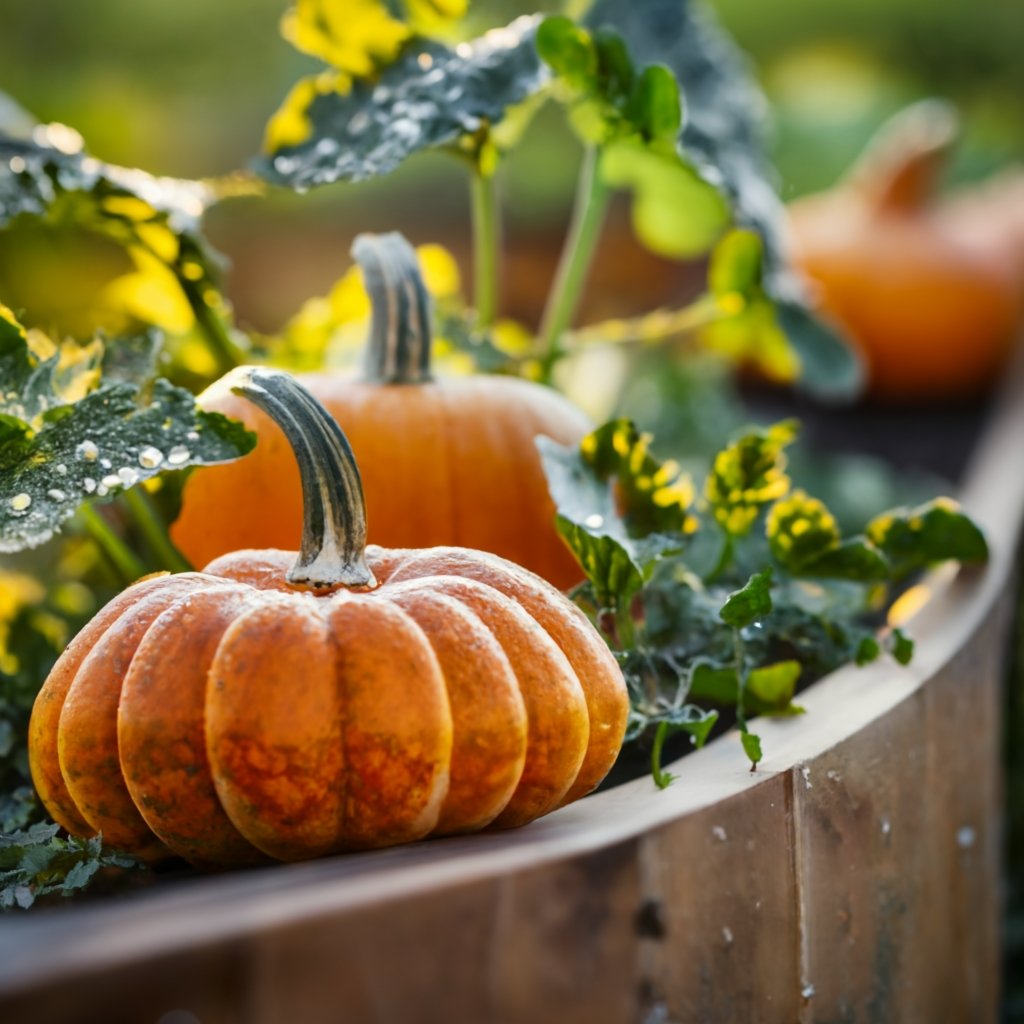
The Heart of the Garden
Your garden’s heart isn’t just the spot where you sip your morning coffee. It’s that prime piece of real estate best suited for pumpkin growth. Think about it. Would you thrive in a cramped, dimly-lit room? Probably not. Similarly, pumpkins need their space and a good amount of sunshine to truly flourish. And let’s not forget about frost; a late frost can be disastrous for a young pumpkin seedling.
Soil Quality and Pumpkins
Hold a handful of your garden soil. Does it feel like a day at the beach or more like you’re holding a brick? The texture and quality of your soil directly impact how well you can grow pumpkins. Pumpkins prefer soil that’s well-draining but can hold onto just enough moisture for those thirsty roots. Seedlings, especially, need that perfect balance to kickstart their growth journey.
The Sun’s Role in the Growth Game
Remember sunbathing during those summer days? Pumpkins love the sun even more than you do! They crave those golden rays and need a minimum of six hours of direct sunlight daily. So, got a shady garden? You might want to reconsider your pumpkin planting ambitions or find a sunny patch.
The Takeaway
- Pumpkins need space – no cramped corners, please.
- Soil quality can make or break your pumpkin growth dreams, especially for seedlings.
- Sunlight is non-negotiable; the more, the merrier!
- Be wary of frost; it’s a seedling’s worst enemy.
So, planning to grow pumpkins this year? Pick the right spot in your garden, and you’re already halfway to pumpkin success. Who knew location could be such a game-changer?
The Ideal Soil for Pumpkin Growth
Getting the best pumpkins from your garden isn’t just about planting and hoping for the best. It’s also about ensuring the soil is primed for pumpkin success. Let’s dive in to understand the soil specifics for optimal pumpkin growth.
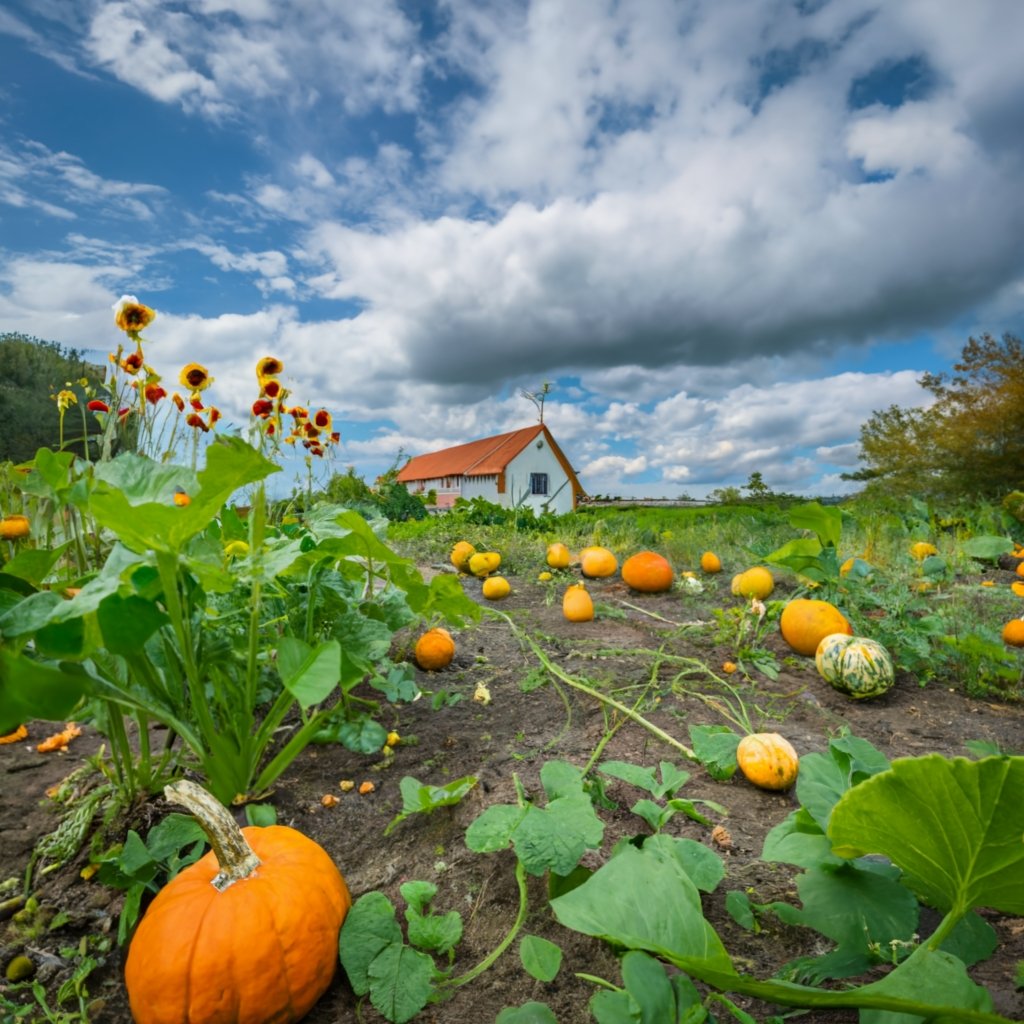
Soil Texture Matters
Pumpkins prefer a particular kind of playground, and that’s sandy loam. This type of soil offers the right balance, ensuring water drainage while retaining enough moisture for the pumpkin vines.
pH Level Perfection
Balance is key, not just in life but also in the soil’s pH levels. For pumpkin plants, a slightly acidic to neutral soil works wonders, ideally with a pH level of 6.0 to 7.5. If you’re unsure about your garden’s pH, a quick test with a soil kit will set you straight.
Digging Deeper
To give your pumpkin roots ample room to stretch and grow, loosen the soil to a depth of at least 12 inches (about 30 cm). This practice ensures they access nutrients efficiently and grow strong.
Organic Matter: The Secret Sauce
Enriching the soil with well-decomposed compost or manure can significantly boost your pumpkin’s growth. Think of it as providing a gourmet meal for your pumpkin vines, setting the stage for a bountiful harvest.
Sunlight and Pumpkins: How Much Do They Need?
Sunlight and plants – they’re like peanut butter and jelly. Essential for each other. But when it comes to pumpkins, how much sunlight is just right? Let’s shed some light on this topic (pun intended!).
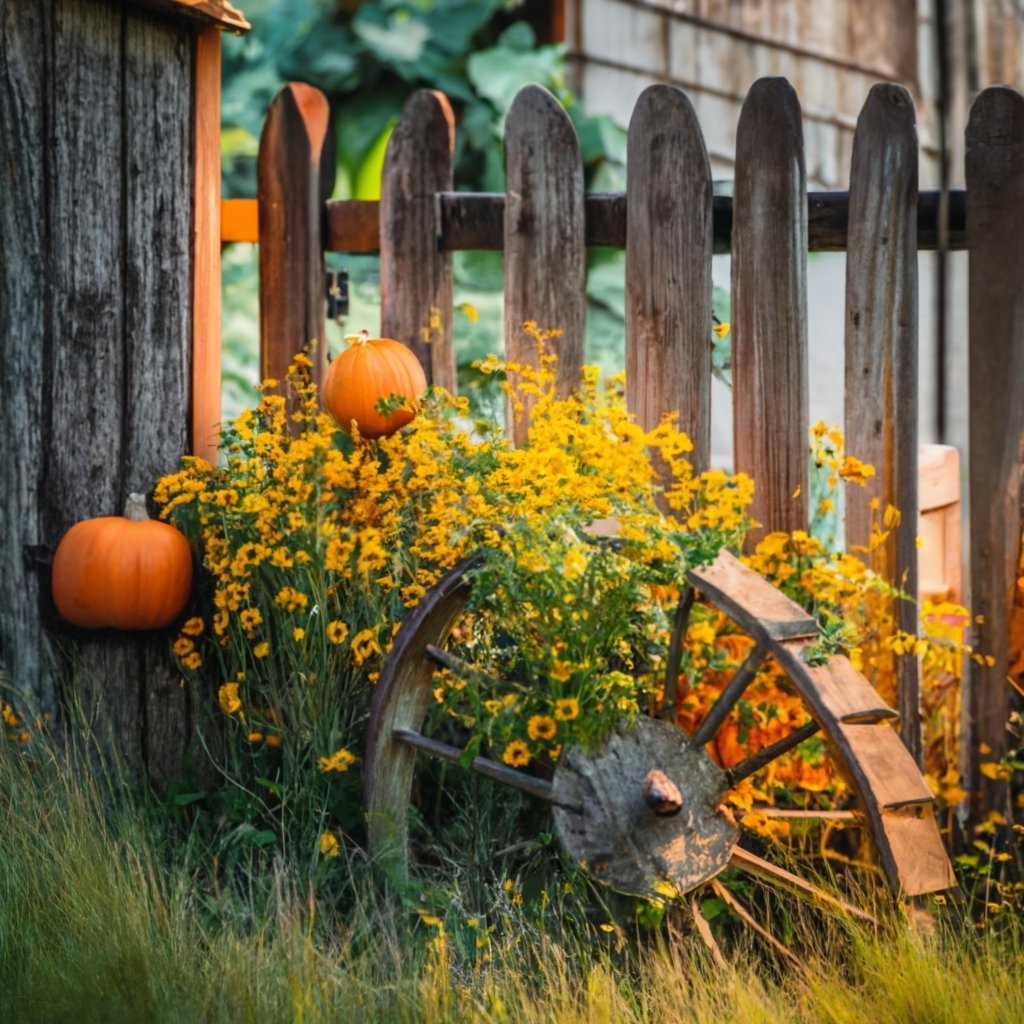
The Sun’s Embrace
Pumpkins aren’t just fans of sunlight; they absolutely thrive in it. These orange wonders crave the warmth and energy that comes from direct sunlight. In fact, they need it. A pumpkin plant’s ideal day involves basking in full sun for no less than six hours. Yes, you read that right, six whole hours!
Why So Much Sun?
You might wonder, why such a tan obsession? Well, pumpkins like to photosynthesize (that’s a fancy word for converting sunlight into energy). The more energy they get, the healthier and bigger they grow. It’s like fueling up for a marathon.
Finding the Right Spot
When scouting locations in your garden, look for spots that aren’t overshadowed by larger plants or structures. It’s essential to ensure your pumpkins get their daily dose of sun. After all, a well-lit pumpkin is a happy pumpkin.
Space Requirements for Different Pumpkin Varieties
Planting pumpkins and giving them room to stretch their vines is a bit like parking cars. You wouldn’t park a compact car and a truck in the same-sized spot, right? Similarly, different pumpkin varieties require varying amounts of space to grow.

Pumpkin Size Matters
Just as you wouldn’t plant a towering oak tree next to your front door, you should be mindful of the types of pumpkins you’re planting and the space they’ll need. Whether you’re growing a tiny decorative pumpkin or aiming for the next county fair winner, each variety has its own space needs.
Giant vs. Mini
Giant pumpkins? They’re the SUVs of the pumpkin world. They need ample room. On the other hand, those cute mini pumpkins? They’re more like your compact cars, needing less garden real estate.
Table: Space Requirements by Pumpkin Variety
| Variety | Space Needed |
|---|---|
| Giant Pumpkins | 20-25 sq. ft. (2-2.5 sq. m) |
| Standard Pumpkins | 15-20 sq. ft. (1.5-2 sq. m) |
| Pie Pumpkins | 10-15 sq. ft. (1-1.5 sq. m) |
| Miniature Pumpkins | 5-10 sq. ft. (0.5-1 sq. m) |
Knowing the space to grow is crucial in planning out your garden. You wouldn’t want a pumpkin traffic jam, would you? With the right spacing, each pumpkin gets its chance to shine. So, which pumpkin variety are you planting next?
Benefits of Rotating Pumpkin Patches in Your Garden
You’ve probably heard of rotating crops in a vegetable garden, right? But did you ever wonder if the same applies to your pumpkin patch? Surprise, surprise – it does! Let’s delve into the nitty-gritty of why it’s a game-changer.
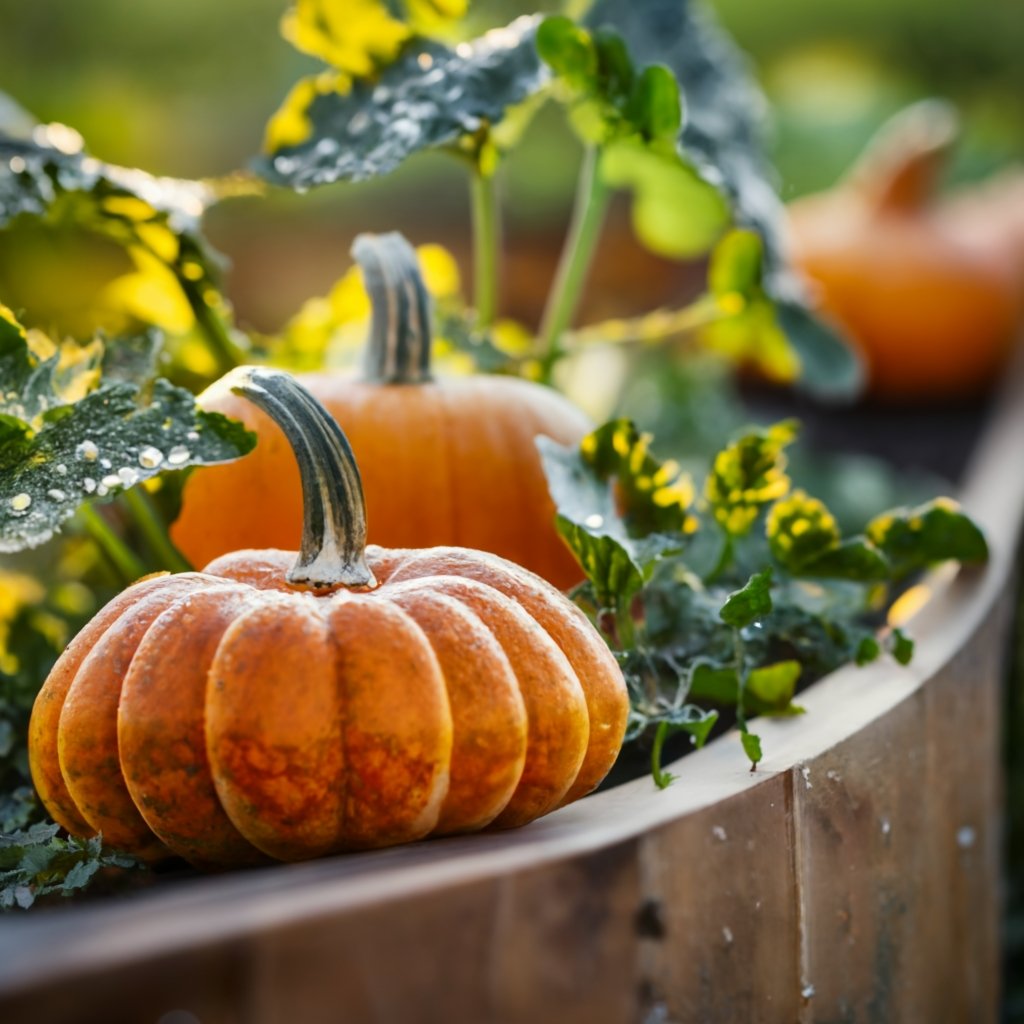
Keeping the Soil in Top Shape
Growing the same crop in the same spot year after year can exhaust the soil. Imagine having the same meal every day; you’d probably get sick of it. Your soil feels the same way. By rotating where you grow pumpkins, you give the soil a chance to recover and replenish its nutrients.
Breaking the Pest Cycle
Pests can be a real buzzkill in any vegetable garden. They get comfy, knowing their favorite food is always in the same spot. But when you switch things up, these pesky critters get thrown off their game. No more free buffet for them!
Disease Prevention
Rotating crops can prevent soil-borne diseases from taking hold. Think of it as changing the locks on your doors. Those disease-causing nasties won’t have a clue on how to attack.
Rotating where you grow pumpkins is like giving your garden a mini-vacation, with benefits that pay off in healthier soil, fewer pests, and disease prevention. So, are you ready to shuffle things around in your patch this year?
Watering: How Location Affects Moisture Needs
When you’re aiming to grow pumpkins, there’s a trio you need to harmonize: sunlight, soil, and, yep, you guessed it, water. But here’s the kicker: the amount of water your pumpkins need can vary based on their location. Let’s plunge into this wet world of watering wisdom.
The Role of Sunlight
It might sound counterintuitive, but the more sun your pumpkin patch gets, the thirstier they become. Sunlit areas cause faster evaporation, meaning your pumpkins will be reaching for their drinks more often. Got a spot that’s basking in sunlight all day? It’s like planting on a beach during a heatwave; you’ll need to water more frequently.
Drainage in the Garden Bed
The type of garden bed and its drainage can make a world of difference. If your bed retains water like a sponge, you might be overwatering without even realizing it. On the flip side, sandy soils might leave your pumpkins feeling parched. The key? Know your soil and adjust watering accordingly.
Elevation and Wind
Higher grounds tend to be windier and can lead to quicker drying. If your pumpkin patch is on an elevated area or in a windy corridor, you might need to give them a bit more H2O love.
In essence, while watering is crucial, it’s not a one-size-fits-all approach. By understanding how location impacts moisture needs, you can ensure your pumpkins are neither thirsty nor drowned. So, ready to make your pumpkins the most hydrated in town?
Urban vs. Rural: Where Do Pumpkins Thrive More?
Let’s address the pumpkin-sized question in the room: can you successfully grow pumpkins in both urban and rural settings? The short answer? Absolutely. But each environment has its quirks and perks. Here’s what you need to know.
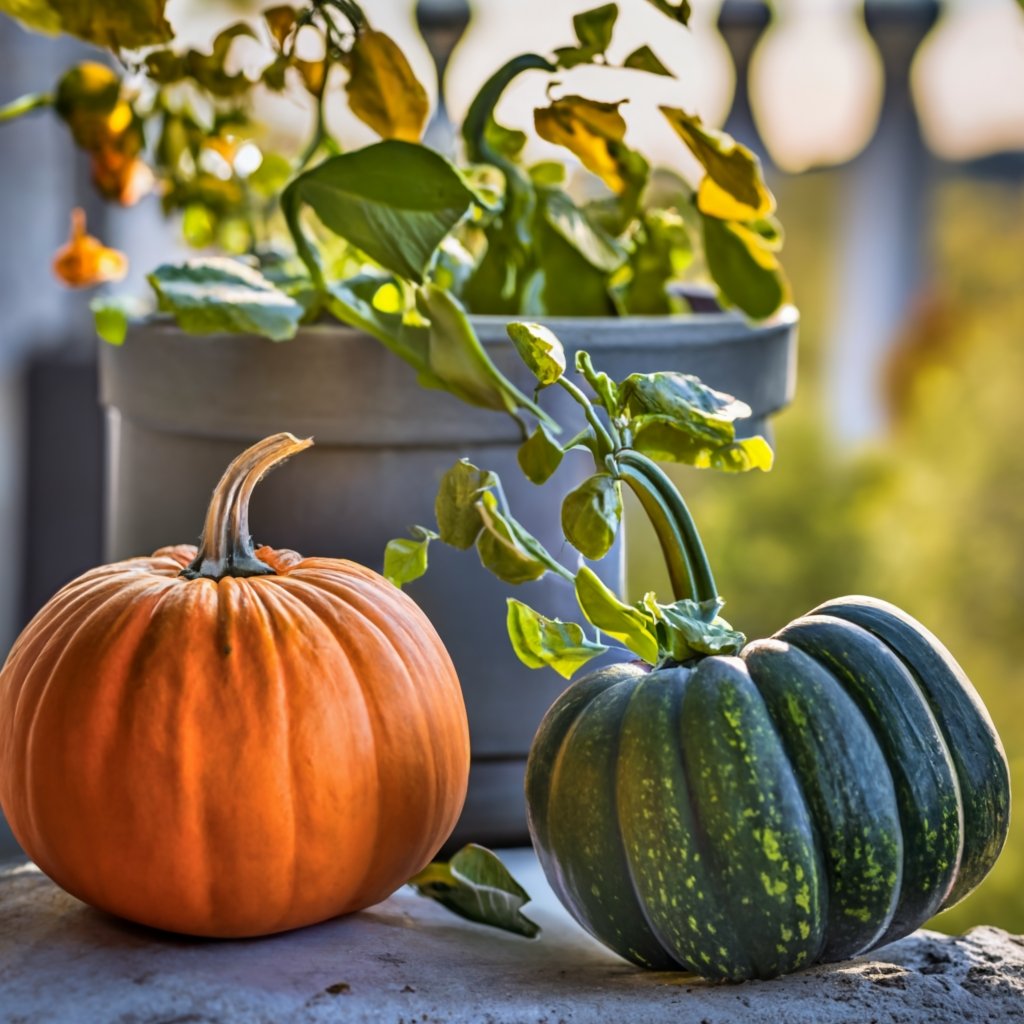
City Slicker Pumpkins: Urban Growth
Who said you need a sprawling farm to grow pumpkins? Urban areas have their charm, and with a bit of creativity, you can have a pumpkin patch right on your balcony. How, you ask?
- Grow Pumpkins in Pots: Limited on space? No worries. Many pumpkins, especially smaller varieties, can thrive in pots. Just make sure the pot is big enough to support their growth.
- Vertical Growth: If ground space is a premium, consider letting your pumpkins climb upwards. Trellises or fences can be your pumpkin’s new best friend.
- Community Gardens: Don’t have outdoor space? Look for community gardens in your area. It’s a great way to get a plot of land and make some gardening pals along the way.
Country Pumpkins: Rural Growth
Ah, the countryside. Open spaces, fresh air, and… vast gardens? Yep, rural areas are often synonymous with more space, making them ideal for those big pumpkin varieties.
- Ground Planting: With more space, you can let your pumpkins spread out and grow to their heart’s content.
- Natural Pollinators: Rural areas often have a higher presence of bees and other pollinators, which can boost pumpkin production.
So, whether you’re a city dweller with a balcony or have acres of land in the countryside, pumpkins can be a part of your gardening journey. The key is to adapt to your environment and give those pumpkins the love they deserve. So, where are you planting your pumpkins this year?
Elevating Your Game: Plant Pumpkin in Raised Beds, Tiers, and Trellises
Stepping up your pumpkin cultivation methods can make a world of difference in your harvest. Here’s how you can optimize your garden space and give those pumpkins the royal treatment they deserve.
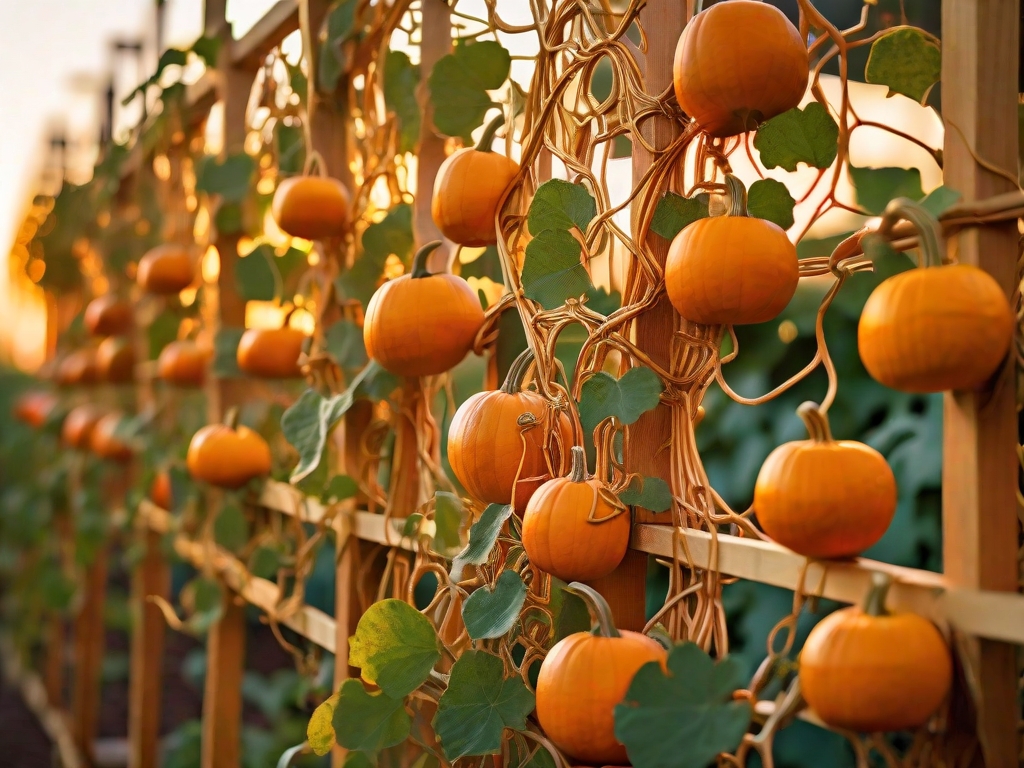
Raised Beds: The Aerial Advantage
Elevating your garden bed is a fantastic way to improve drainage, soil quality, and even combat pests. With raised beds:
- You can customize the soil blend, ensuring your pumpkins get the right nutrients.
- It becomes easier to plant pumpkin seeds and monitor their growth.
- You’re giving your back a break – less bending over!
Ever thought about how the height of your bed might affect the moisture content? Or how about the impact on root development? Yep, raised beds can be game-changers.
Tiers: Levels to This Pumpkin Game
Layering your garden in tiers not only looks impressive but also helps maximize space. It’s especially handy if you’re working with a sloped yard.
- Separate different pumpkin varieties by tier.
- Ensure each tier gets adequate sunlight.
- Use the gradient to your advantage for water flow.
Trellises: Letting Pumpkins Climb
Trellises aren’t just for grapes or tomatoes. Pumpkins can climb too, especially the smaller varieties. With trellises:
- You save ground space, allowing you to grow pumpkins vertically.
- They provide support for sprawling pumpkin vines.
- They help in reducing pumpkin rot by keeping them off the ground.
In conclusion, whether you’re elevating your pumpkins literally or metaphorically, these methods ensure you’re getting the best out of your patch. Now, the only question is, are you ready to elevate your pumpkin game this season?
Grow Pumpkins Safely: Potential Threats in Different Locations
Gardening, like any grand adventure, comes with its set of challenges. And when you’re aiming to grow the perfect pumpkin, you’ll want to be prepared for any curveballs nature might throw your way. Let’s dive into some common threats that might lurk in various locales.
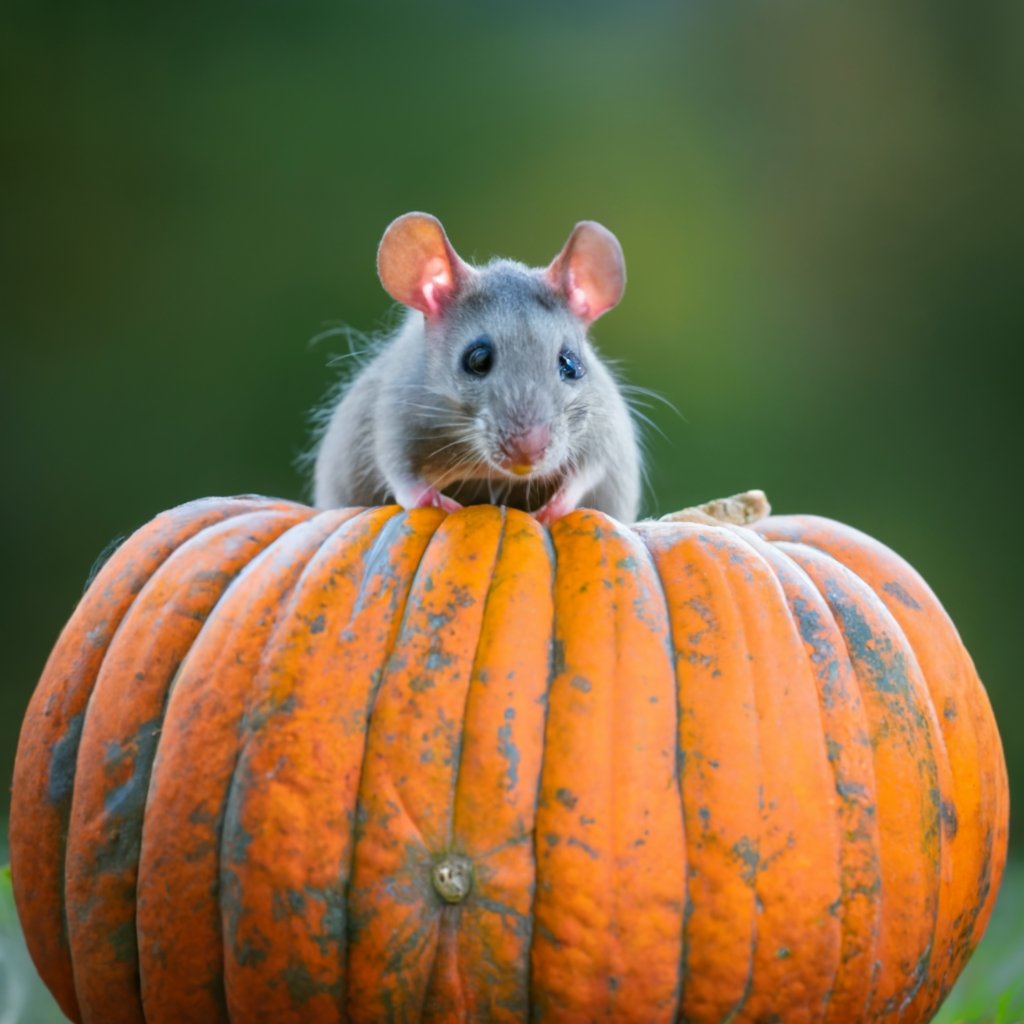
Urban Pests and Problems
City gardening can be a treat, but it’s not without its unique set of challenges. In urban settings:
- Air pollution might affect pumpkin plant health.
- Pests like rats or city-dwelling insects might take a liking to your pumpkin patch.
- Limited space can restrict growth and make plants more susceptible to diseases.
Ever thought about how neighboring buildings or other structures might cast shadows over your garden? Light obstruction is a real thing in the city!
Rural Risks
Countryside gardening gives you space and fresh air. But, remember:
- Larger pests like deer or rabbits might see your pumpkins as a tasty treat.
- Plant diseases spread by local wildlife or from neighboring fields can be a concern.
- Soil quality can vary, potentially affecting growth.
In conclusion, every location, whether urban or rural, has its unique challenges. But with a bit of knowledge and preparation, you can ensure your pumpkins thrive. Ready to tackle these threats head-on?
Harvest Pumpkins at the Perfect Time
Choosing the right location for your pumpkin patch is just half the battle. The other half? Knowing when and how to harvest based on your location’s specific conditions. Let’s dive in:
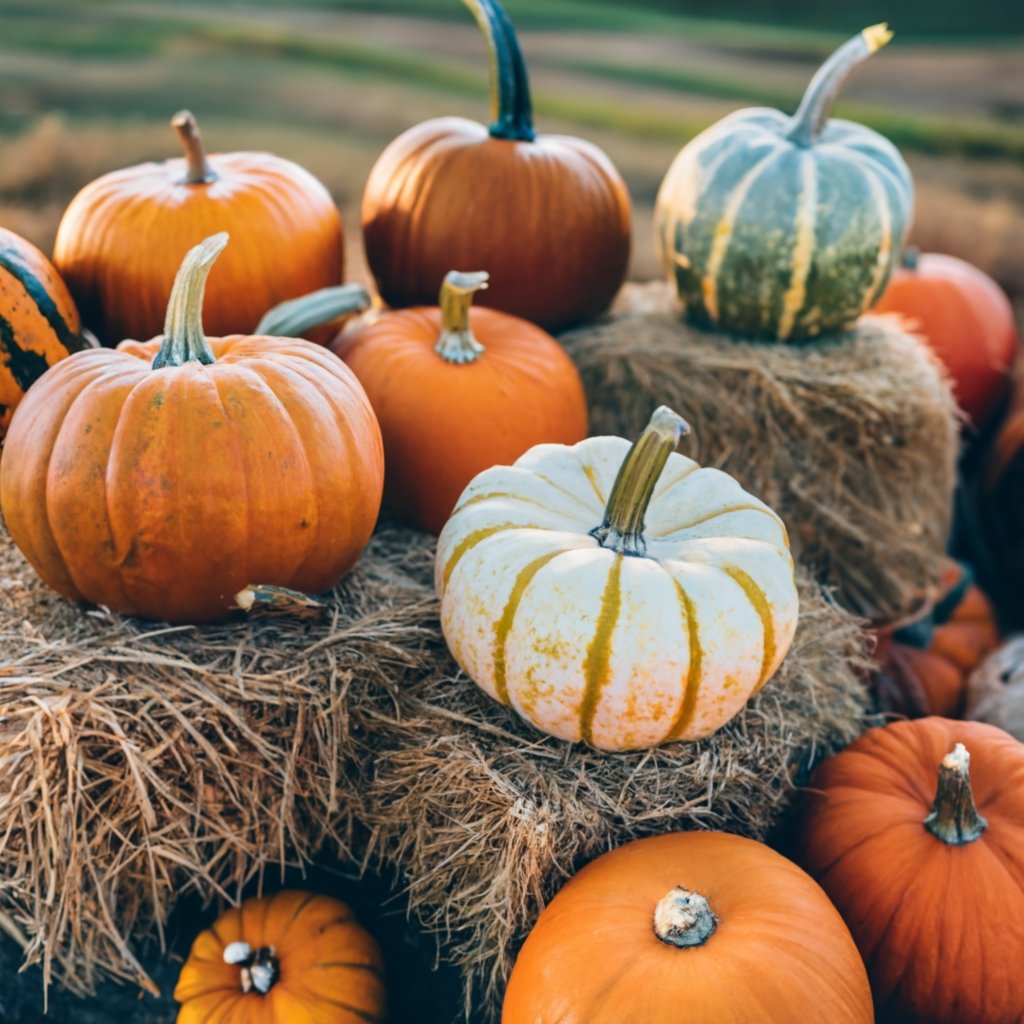
Microclimate Mastery
Every garden has its own microclimate, influenced by its location. This can affect when your pumpkins are ready to be picked.
- Sunny Spots: If your garden bed is in a sun-drenched location, pumpkins might mature faster due to the increased warmth.
- Shaded Areas: Pumpkins in cooler, shaded spots might take a tad longer to be harvest-ready.
Altitude Adjustments
The altitude of your location can influence your harvest time.
- Higher Altitudes: Cooler temperatures might mean a slightly extended growing season. Keep an eye on the pumpkin’s skin hardness and color as indicators.
- Lower Altitudes: Expect a quicker harvest time due to the warmer climate.
Coastal vs. Inland
Being close to the coast can mean more humid conditions.
- Coastal Gardens: The added moisture can be beneficial for pumpkins, but be on the lookout for mold or mildew. Harvest before these become an issue.
- Inland Gardens: Drier conditions might require a more precise watering schedule but can lead to a fuss-free harvest.
Harvesting Hints
- Color Check: No matter the location, a fully mature pumpkin will have a consistent, deep color all around.
- Toughness Test: The pumpkin’s skin should be hard. If your fingernail doesn’t pierce it, it’s ready.
- Stem Signal: A dried stem is a clear sign your pumpkin is ready to be plucked.
Remember, while location plays a crucial role in determining the harvest time, always trust your instincts and the above signs to ensure you’re picking your pumpkins at the peak of perfection!
